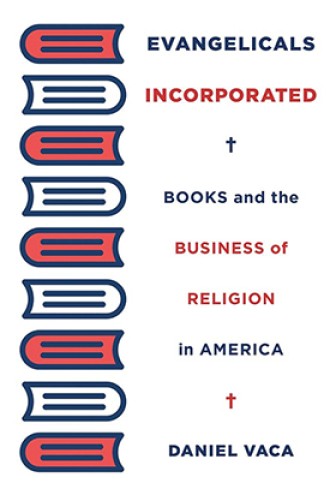The big business of evangelical Christian publishing
Daniel Vaca details the marriage of missionary zeal and financial reward.
Several years ago, an elderly friend of mine died and I ventured into a local Logos Bookstore in search of a sympathy card. When I asked the young clerk at the front desk where I might find one, she inquired, “Was your friend Christian or non-Christian?” My instinct was to respond, “Are there any other options?” I held my tongue, but I have long remembered the incident as a testament to evangelicals’ earnestness and entrepreneurial skill.
Daniel Vaca, who teaches American religious history and culture at Brown University, puts this incident in a larger perspective. With expert strokes, he traces the history of the marriage of missionary zeal and financial reward that drove the evangelical publishing megabusiness.
And megabusiness it was. Rick Warren’s The Purpose Driven Life, released in 2002, sold 30 million copies in the United States alone within three years, making it the best-selling hardback ever. The New International Version of the Bible, translated with evangelical assumptions in mind, presold 1.2 million copies before it appeared in 1978. Within a decade, its sales had soared to 100 million copies, making it the best-selling Bible translation ever. And the list goes on.






